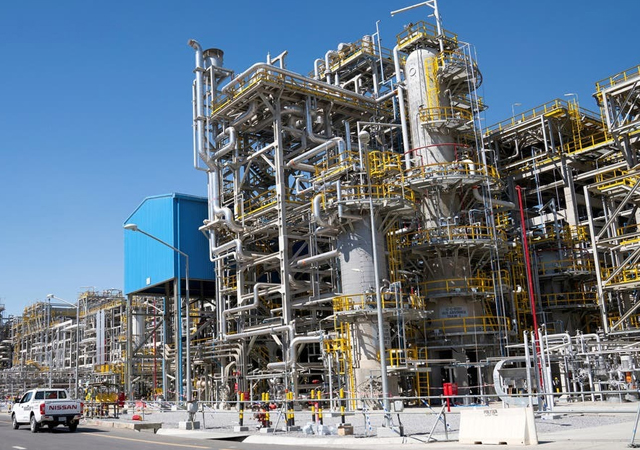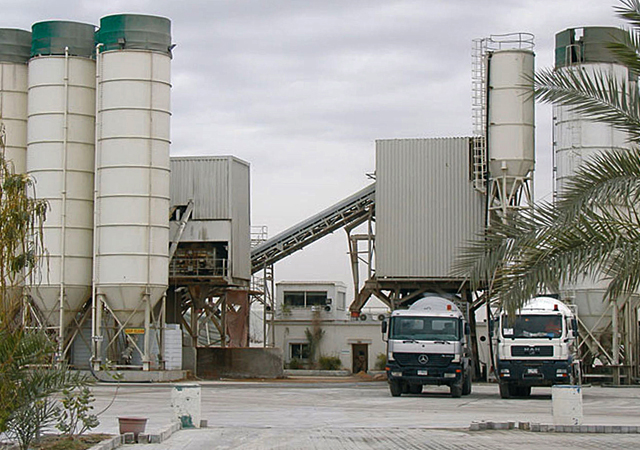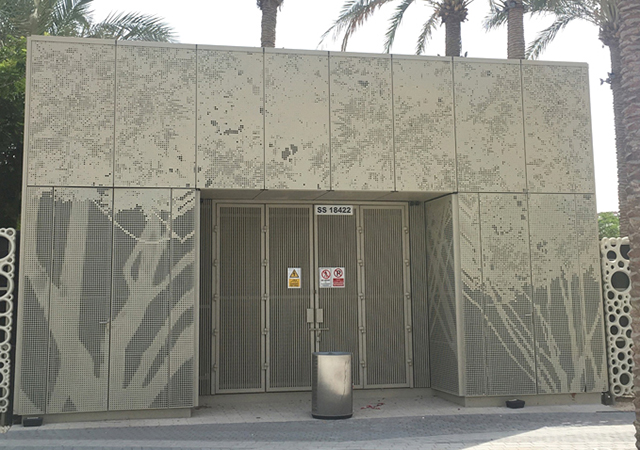
 Containerised asphalt batching plant from Lintec ... meeting tight deadlines.
Containerised asphalt batching plant from Lintec ... meeting tight deadlines.
Malaysian contractor United Engineers (Malaysia) (UEM) has put to work three Lintec CSD 3000, 240-tonne-per-hour (tph) containerised asphalt batching plant on the Doha-Abu Simra highway in Qatar, to help it meet the tight deadlines.
The three Lintec CSD 3000s have been installed along the 78 km, twin, four-lane highway project strategically positioned along the route to offer maximum utilisation.
Housed within 100 per cent ISO containers, the Lintec system offers fast and reduced cost transportation to site requiring no low loaders and having no excess width or weight problems.
On-site, the containerised units require only a compacted area without the need for concrete foundations. During erection, the system only requires a crane for a short period and is ready for operation within one week.
The system is quickly dismantled within a few days and can be easily moved onto its next location along the highway, if required, says a Lintec spokesman.
When assembled, the Lintec tower plant comprises the stacked containers. Twin stacked containers include a fully protected control stairway to ensure easy access to each container floor, he explains.
Highway construction: UEM’s contracts calls for the existing twin lanes of the Doha-Abu Simra highway to be repaved and incorporated into a new 20-m-wide (including a hard shoulder), four-lane expressway. A 16 m central reservation separates the twin four lanes.
“Traffic along the highway is predominantly trucks from the nearby limestone quarries and the Saudi border,” says a spokesman for the contractor. “Closer to km 12 and Doha Industrial Area where heavier congestion is experienced, the diversions are constructed over reduced 1-km-long sections to assist traffic flow.”
The contractors had earlier completed the sub-grade and sub-base courses with two 300 mm sub-grades and a 200 mm base, says the Lintec spokesman.
“With demand for materials at a record high to sustain Qatar’s construction boom, shortages, according to a number of contractors is becoming a real problem,” he adds.
For the asphalt courses, three layers of asphaltic asphalt concrete (aac) have been specified using a mix of 28 mm, 20 mm and 10 mm gabbro aggregates, bitumen and quarry sand – as 80 mm, 90 mm and 80 mm layers respectively.
A 50 mm wearing course features a 20 mm and 10 mm gabbro, bitumen and quarry sand mix.
Elaborating on the benefits of the Lintec plant, the spokesman says: “The plant, featuring screen drum technology, ensures that the heating and screening application in a single elevated unit produces shorter material flow time plus reduced loss of temperature in the heated material.
He adds: “For the Qatar installations, the three plant feature two cold feeders with four 9 cu m capacity bins with each feeder housed within a 40 ft container.”
A collecting belt, installed within the cold feeder container as two 40-ft-long belts, is hinged to provide an extended 80 ft length to feed the screen drum.
Brac Equipment (M), based in Malaysia with an on-site team of operators and engineers, is responsible for the day-to-day operation and maintenance of the Lintec installations.
Since their delivery in 2005, the three Lintec plant will, by completion of the contract, have produced more than 2 million tonne of asphalt, the spokesman concludes.
















































































